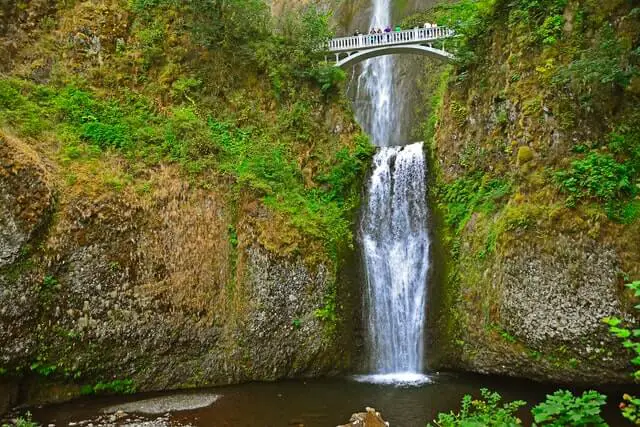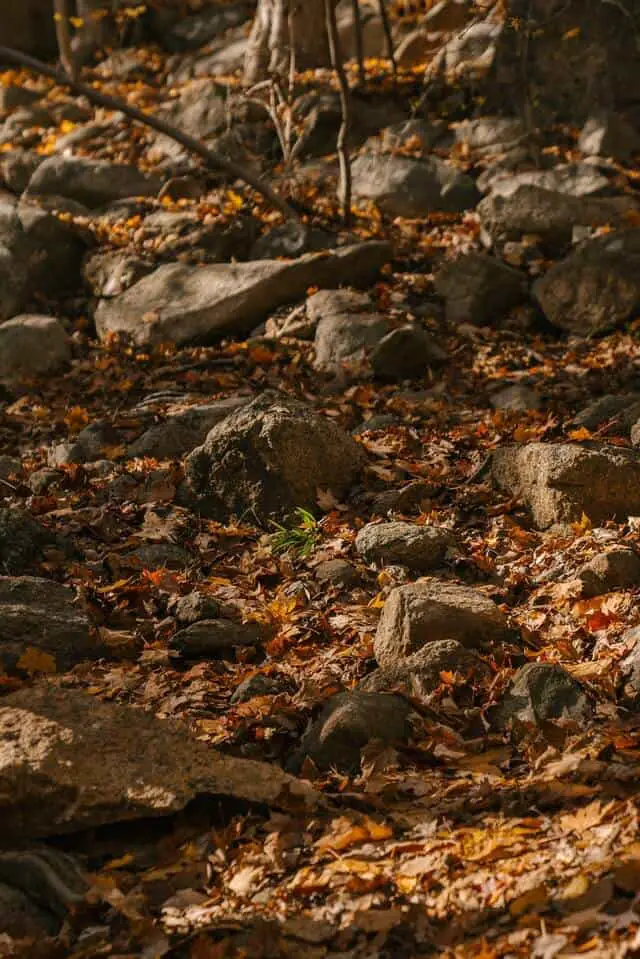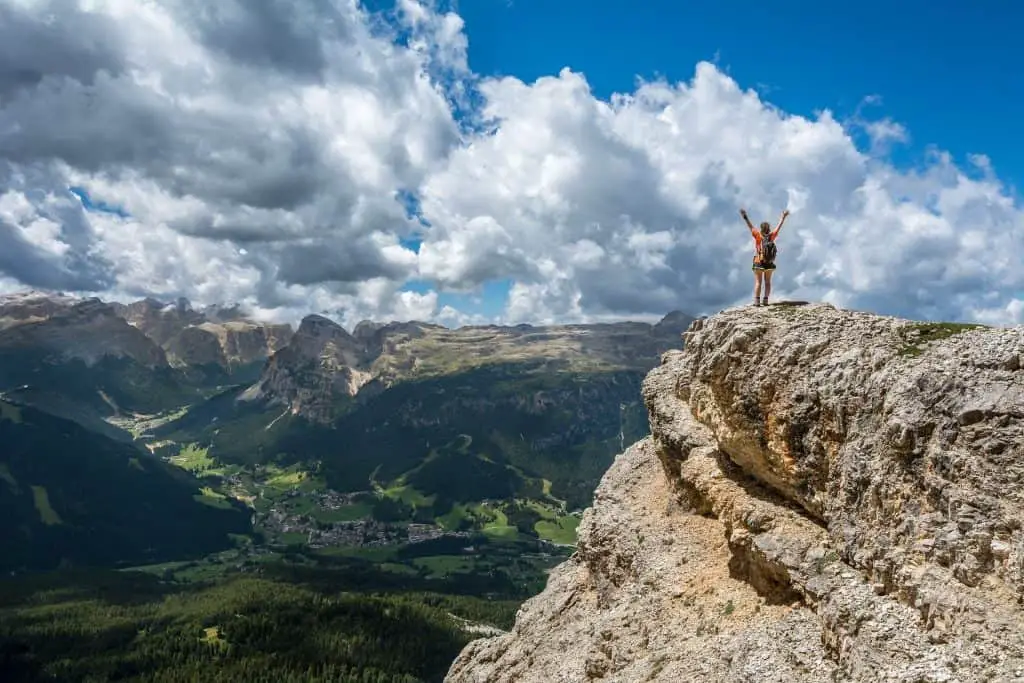Most people haven’t spent much time thinking about hiking trails, so it may be surprising to learn that there are actually many different types of hiking trails. One thing to know is if you’ve been on a popular trail before, you were most likely using a developed trail.
There are many different types of hiking trails. The common ones are developed, recreational, long-distance, and extended trails. Other common hiking trails are unmaintained, abandoned, and way trails.
In the list below I’ll be going over each trail type, why they’re classified as such, and a few examples for each one!
Different Types of Hiking Trails
Although there are plenty of classifications for hiking trails, these are the types that are known and officially named. You’ll notice that some have very similar definitions so it can be difficult to know which type of trail you’ve been on.
If you’re trying to figure out which type a trail is, keep reading to find the best match from the popular options.
1. Developed Trails
- Well-maintained
- Designed for people
Most trails that hikers are familiar with are considered developed trails. These are the ones that are frequently used and also receive regular maintenance checks.
Although they are all designed and built to be used by anyone, these types of trails can look very different from one location to another.
Depending on how much time is put into the trail, features such as bridges and signs are often found on developed trails.
If you stumble upon a trail that is hard to navigate and looks overgrown, chances are it’s one of the other trails listed below.
Examples: Archeology Trail, Grotto Trail
2. Recreational Trails
- Shorter distances
- Has a destination point
Just like the name says, recreational trails are those that are built for recreational purposes. One example of this would be the trails found on camping locations.
They are created by the people in the area and usually lead to a place that people would normally head to. Over time, the footsteps of people navigating to a common location map out and flatten the trail.
These trails are usually not maintained and can be found with extending branches or other shrubberies in the area.
Examples: Between state parks, Mountain bike trails
3. Long-Distance Trails
- Over 30 miles long
- Through rural areas
Although there is no exact distance measurement that defines a long-distance trail, it’s often referred to as anything over 30 miles. This would be the minimum as there are plenty of hikes and trails and extend well beyond a hundred miles.
Most of these also travel through rural areas at least for a partial section of the trail. The most known trails in the world often fall into this category, as they are a long distance that reaches that 30-mile length.
Examples: Appalachian Trail, Baker Trail, Ice Age Trail
4. Extended Trails
- Over 100 miles long
- Through rural areas
When these trails start getting longer and longer they reach the point where they breach into a new type of trail. If a trail goes for more than a hundred miles, it’s classified as an extended trail.
Besides the distance requirement, there aren’t really any differences between a long-distance trail and an extended trail. They’re usually both located deeper into the wilderness or backcountry, but may have pieces of the trail that roam into rural areas.
Examples: Bartram Trail, Bay Circuit Trail
5. Way Trails
- Not planned
- Created from use
Way trails are unplanned trails that are developed over a long period of time and are formed naturally. With people navigating between certain areas, the traffic will eventually form and flatten the area which then becomes a highly used trail.
Although this is similar to recreational trails, the key difference is that way trails are found in areas with more one-directional travel such as a path to a mountain or a lake.
When the trail brings a person to a specific location like a lake they are known as good way trails. If the trail is created but also damages terrain or important plants it’s referred to as a bad way trail.
These also receive no planned maintenance other than the local traffic that they are used for.
Examples: Path to a mountain, Path to lake
6. Unmaintained Trails
- Don’t currently receive maintenance
- More likely to have hiking hazards
These trails are known officially by the trail system but have stopped having maintenance done at this time. It is possible that in the future they will return to the point of being worked on and fixed.
Since nobody is working on these locations, there is a higher chance of running into hazards on the trail. If you find yourself on an unmaintained trail, be aware and watch out for objects blocking the trail or terrain that is unsafe to walk on.
Obstacles that you may encounter on unmaintained trails:
- Rocks
- Loose ground
- Rough terrain(roots, branches)
- Fallen trees
- Overgrown brush
Examples: Basin Lakes Loop Hike, Pepper Mountain Hike
7. Abandoned Trails
- Will never receive maintenance
- Dangerous for most hikers
Abandoned trails are the last type of hiking trail on the list. This type of trail is officially known but has stopped receiving maintenance and will most likely never again. Just as with unmaintained trails, these are more likely to have overgrown areas and rougher terrain that might not be safe.
Hikers should avoid these areas or at least be extremely careful when traveling on these trails. One reason that certain trails become abandoned is that there’s an alternate trail that is much nicer, safer, and should be used instead.
Examples: The Bear’s Den, Lake Wood










